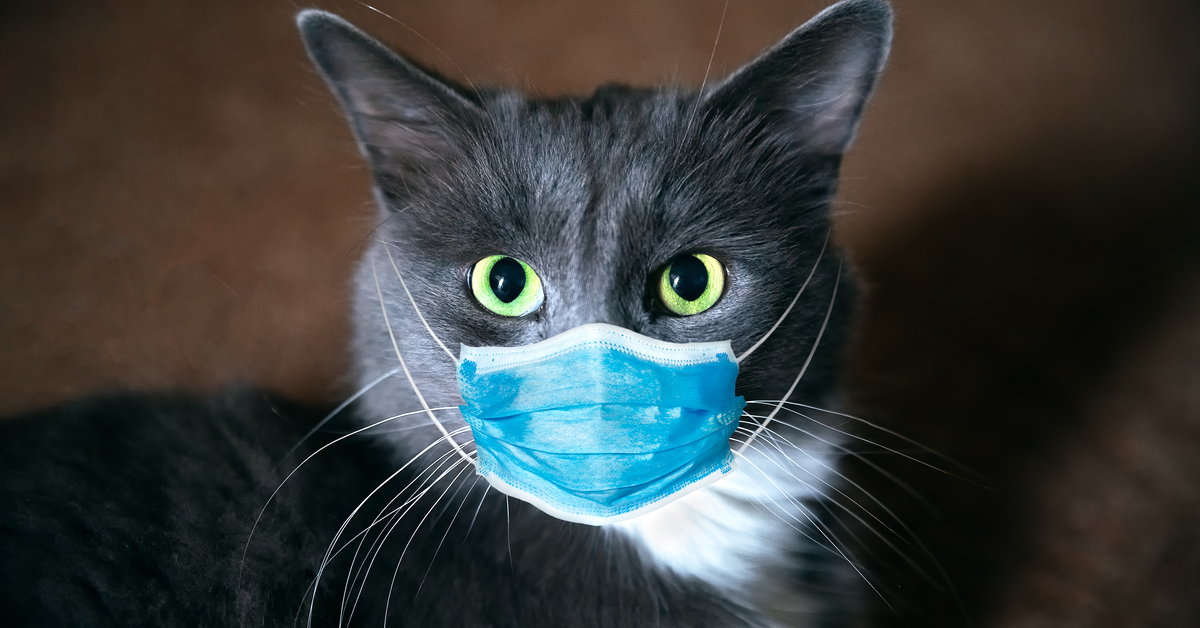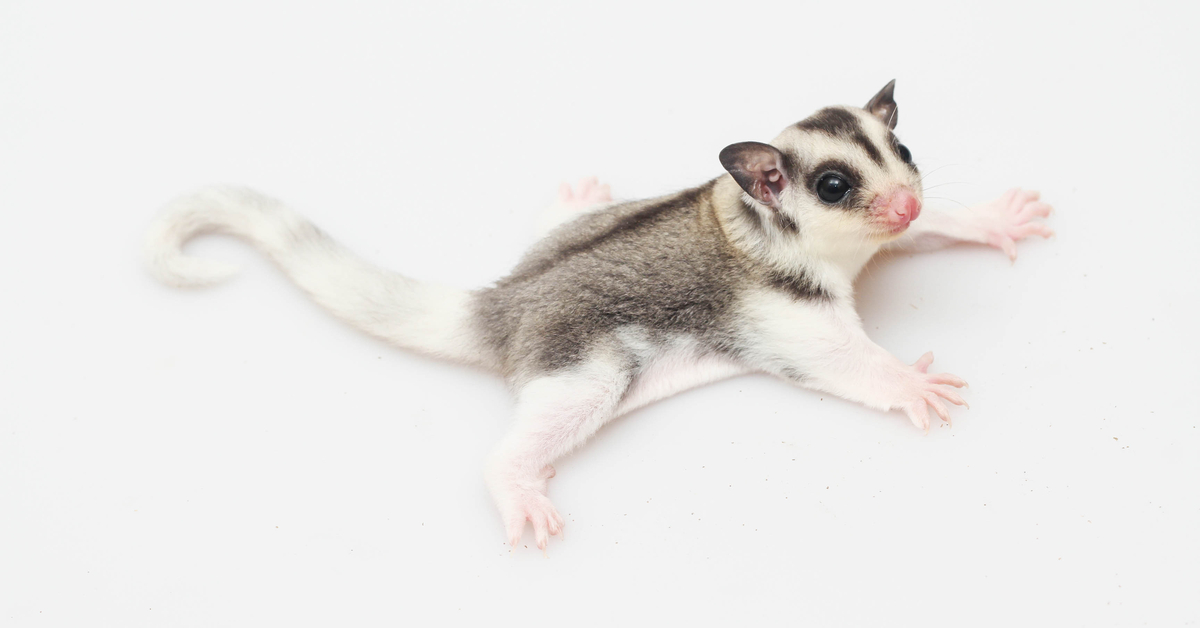Last Updated on 2023-06-27 , 11:46 am
If you’ve ever wondered, ‘Why is a Corgi not allowed in HDB?’ or ‘Are cats allowed in HDB?’ then this article is for you.
We’ll be delving into these mysteries as well as providing insights on the curious case of the Golden Retriever HDB restrictions, among other HDB approved dogs, or lack thereof.
Read on, and prepare for an entertaining, educational journey!
1. Cats

First on our list of HDB’s animal restrictions may come as a surprise to feline enthusiasts: Cats are not permitted. Yes, you read that right.
It’s a shocking fact for cat lovers, but HDB’s reasoning is that cats, being the free spirits they are, are tough to contain within a flat. These adventurous little souls roam indiscriminately, shedding fur and leaving their ‘mark’ in public spaces. Their nighttime serenades can also be less than appreciated by your neighbours.
While this reasoning may sound a tad unfair, especially considering dogs can be equally messy and noisy, it’s unfortunately the rule in HDB flats.
2. Golden Retrievers (Non-HDB Approved Dogs)
Moving on to dogs, not all breeds are HDB approved. The golden retriever, a family favorite, unfortunately doesn’t make the cut.

Did you know that HDB rules only permit one dog per flat? Violate this rule, and you could be looking at a hefty $4,000 fine.
The height and weight of HDB approved dogs are also capped at 40cm and 10kg respectively, which excludes the beloved Golden Retriever.
However, some light at the end of the tunnel exists for Golden Retriever fans.
Under Project Adore launched in 2015, some exemptions allow for mixed breed dogs up to 50cm and weighing up to 15kg from participating shelters.
Who knows, perhaps with a well-articulated appeal to HDB, you might be able to share your home with a Golden Retriever!
Now, the question might be arising: Is a Pomsky HDB approved? Or, what about other larger breeds, like Siberian Huskies and Chow Chows?
3. Siberian Huskies (Non-HDB Approved Dogs)
They typically measure up to 53.5 to 58.5 cm, weighing at 16 to 27 kg, far from the rule of 40cm and 10kg or less.
Siberian Huskies need a couple of hours of vigorous exercise every day. If not given, they might turn destructive so the warning sign is up. They too need sufficient shade and air conditioning, more high maintenance than I am.
4. Chow Chow (Non-HDB Approved Dogs)
The Chow Chow stands 43 to 56 cm tall and weighs between 20.5 and 38.5 kg, one heavy lad.
Similar to a Siberian Husky, the Chow Chow has a low tolerance to heat and prefers cooler weather. I can understand, just look at that fur, like it’s wearing 3 layers of extra fur.
Fun fact: Most of them suffer from obsessive-compulsive disorder (OCD).
Moving on, let’s look at some wild animals which are NOT allowed to be kept as pets, regardless of it being a HDB flat or not.
5. Bearded dragons
“You mean there are people keeping dragons at home?”
Yup, 24-year-old undergraduate Nina has kept this blotchy orange beast named ‘Fatty’ that belongs to a species of lizards for 3 years. One cool fact: the underside of its throat turns black when it is stressed.
Under the local law, Nina could face a fine of $1,000 and have it confiscated.
According to the Wild Animals and Birds Act, it is illegal to keep, trap or kill wild animals such as Fatty without a license.
Worse still, if the animal is protected by the Convention on International Trade in Endangered Species of Wild Fauna and Flora (CITES), offenders without a CITES permit can be fined up to $50,000 per specimen (up to $500,000 in total), and/or be jailed for up to 2 years.
6. Hedgehogs
Aren’t they cute? This seemingly harmless animal is not just non-HDB approved but not allowed to be kept as pets at all.
Just last September, a 33-year-old man was fined S$6,600 for the possession and keeping of illegal wildlife – including a hedgehog.
According to the Agri-Food and Veterinary Authority (AVA), “Wild animals are not suitable pets as they may transmit zoonotic diseases to humans and can be a public safety risk if mishandled or if they escape into our dense urban environment. In addition, wild animals that are non-native to Singapore may also be a threat to our biodiversity if released into the environment.”
7. Star tortoises
Star tortoises are protected under the Convention on International Trade in Endangered Species in Wild Fauna and Flora (CITES), for which Singapore is a signatory.
So I bet this 49-year-old Singaporean man who was caught with a total of 22 star tortoises at the Woodlands Checkpoint in June 2016 had a hard time with the law.
As mentioned earlier, if the animal is protected by CITES, offenders found without a CITES permit can be fined up to $50,000 per specimen (up to $500,000 in total), and/or be jailed for up to 2 years.
8. Sugar Glider Singapore
Now, this is not a common name for many. Here’s how it looks like:

You will be surprised to know that a Singaporean father-and-son pair tried smuggling 3 sugar gliders into Singapore in August 2015 but to no avail. The duo was sentenced to 3 and 2 months’ jail respectively in October that same year.
In other words, no sugar glider in Singapore even if they look too cute to ignore.
9. Snakes
Now, don’t look at me like that. There are humans who are obsessed with snakes as pets.
You might want to question that dubious looking box your child keeps now. Just saying.
10. Crocodilian Reptiles
And as if snakes weren’t frightful enough, there are people who keep crocodiles as pets. Here’s Moses’ baby spectacled caiman that he bought for $800.
The spectacled caiman (Caiman Crocodilus), also known as the white caiman or common caiman, is a crocodilian reptile found in much of Central and South America.
Caimans eat a variety of invertebrates such as insects and crustaceans. Larger caimans eat fish and water snails. And you might not like this: Older animals are capable of taking larger preys like wild pigs.
Damn, reminds me of the Demogorgon who ate Dustin’s cat. Ewww.
So there you go, animals besides non-HDB approved dogs that cannot be kept in an HDB flat.
Anyway, the penalty for keeping an illegal animal can be severe. You can contact AVA at 6805 2992 if you are not sure what animals can be kept as pets.
Also, if you have not licensed your dog, do get it done soonest possible.
You will NOT be penalized if you just found out about the regulation and is in the process of applying for one. But, in the event where AVA inspectors discover that you are keeping an unlicensed dog, you will be issued a composition fine.
Finally, I urge you to leave our wild animals where they’re supposed to be. Ciao!
Would you be jailed for being half-naked in public? Well, the answer will shock you. Seriously. Watch this to the end and you'll understand:




